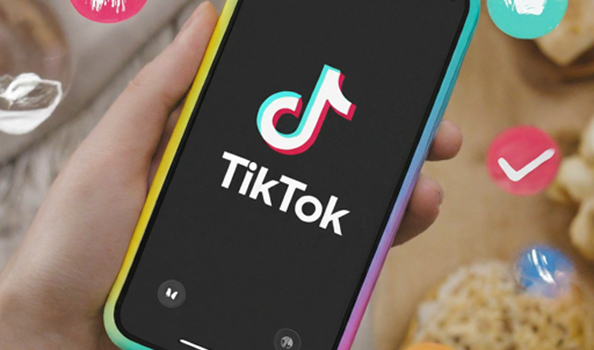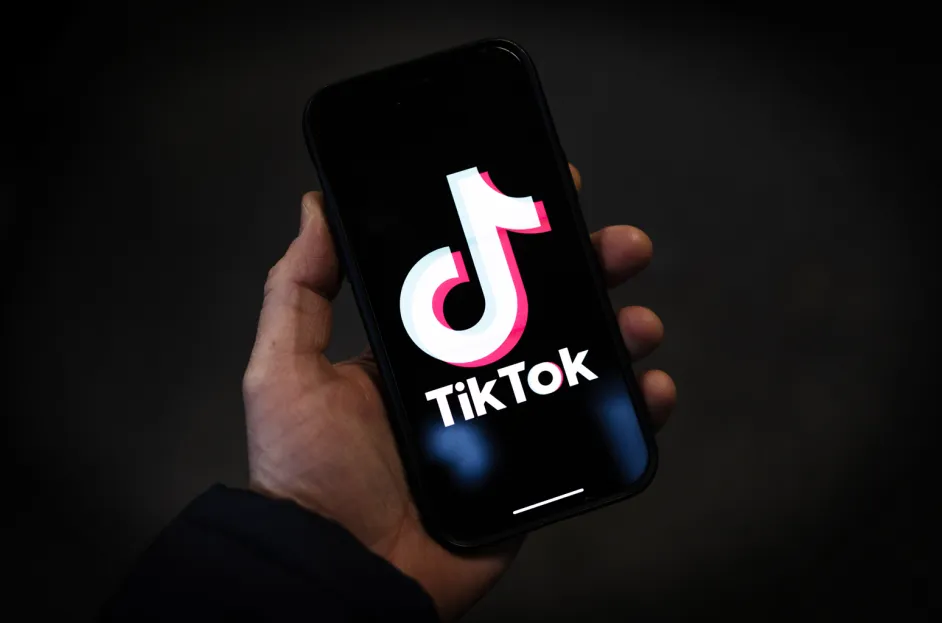
In the ever-evolving landscape of digital marketing, staying ahead of social media trends is crucial for brands aiming to maintain relevance and engagement with their audiences. As we move into 2025, several key social media trends are set to shape the strategies of brands worldwide. This article delves into the top social media trends influencing brands in 2025, providing insights into how businesses can leverage these trends to enhance their online presence and drive growth.
1. The Rise of Short-Form Video Content
Short-form video content continues to dominate social media platforms, with TikTok, Instagram Reels, and YouTube Shorts leading the charge. Brands are increasingly recognizing the power of this format to capture attention and engage audiences quickly. In 2025, we expect to see more brands investing in the creation of short, impactful videos that convey their message in a matter of seconds.
Why It Matters:
Short-form videos are highly shareable and can go viral quickly, providing brands with the opportunity to reach a wider audience. They are also more likely to be consumed in full, compared to longer videos, making them an effective tool for conveying key messages.
How Brands Can Leverage This Trend:
- Create Authentic Content: Focus on creating authentic, relatable content that resonates with your audience.
- Use Trending Music and Hashtags: Stay updated with the latest trends in music and hashtags to increase the chances of your content being discovered.
- Collaborate with Influencers: Partner with influencers who have a strong presence on short-form video platforms to amplify your reach.
2. Social Commerce Continues to Grow
Social commerce, the integration of e-commerce and social media, is set to become even more significant in 2025. Platforms like Instagram, Facebook, and Pinterest have already introduced shopping features that allow users to purchase products directly from the app. This trend is expected to grow as more brands realize the potential of social commerce to drive sales.
Why It Matters:
Social commerce simplifies the purchasing process, reducing friction and making it easier for consumers to buy products. It also allows brands to leverage the power of social proof, as users can see what their friends and influencers are buying and recommending.
How Brands Can Leverage This Trend:
- Optimize Your Social Media Profiles: Ensure your social media profiles are optimized for shopping, with clear product descriptions, high-quality images, and easy navigation.
- Utilize Shoppable Posts: Make use of shoppable posts and stories to showcase your products and make it easy for users to purchase directly from your social media pages.
- Engage with Your Audience: Interact with your audience through comments, direct messages, and live streams to build trust and encourage purchases.
3. The Emergence of Niche Social Platforms
While major platforms like Facebook, Instagram, and Twitter remain dominant, niche social platforms are gaining traction. These platforms cater to specific interests and communities, offering brands the opportunity to connect with highly targeted audiences.
Why It Matters:
Niche platforms allow brands to engage with audiences who are highly interested in their products or services. This can lead to higher engagement rates and more meaningful interactions.
How Brands Can Leverage This Trend:
- Identify Relevant Platforms: Research and identify niche platforms that align with your brand and target audience.
- Create Specialized Content: Develop content that speaks directly to the interests and needs of the community on these platforms.
- Engage Authentically: Participate in conversations and contribute valuable insights to build credibility and trust within the community.

4. The Growing Importance of User-Generated Content (UGC)
User-generated content (UGC) has long been a valuable asset for brands, and its importance is set to grow in 2025. UGC includes any content created by users, such as reviews, testimonials, photos, and videos, that showcases a brand’s products or services.
Why It Matters:
UGC is perceived as more authentic and trustworthy than branded content, as it comes from real customers. It can also help build a sense of community and loyalty among your audience.
How Brands Can Leverage This Trend:
- Encourage UGC: Encourage your customers to share their experiences with your products on social media using branded hashtags.
- Feature UGC: Showcase user-generated content on your social media profiles, website, and marketing materials to build trust and credibility.
- Run Contests and Campaigns: Run contests and campaigns that incentivize users to create and share content related to your brand.
5. The Integration of Augmented Reality (AR)
Augmented Reality (AR) is transforming the way brands interact with their audiences on social media. AR allows users to experience products in a virtual environment, providing a more immersive and interactive experience.
Why It Matters:
AR can enhance the customer experience by allowing users to visualize products in their own environment before making a purchase. This can lead to higher engagement and conversion rates.
How Brands Can Leverage This Trend:
- Develop AR Filters and Effects: Create AR filters and effects that users can apply to their photos and videos, enhancing their interaction with your brand.
- Virtual Try-Ons: Implement virtual try-on features that allow users to see how products like clothing, accessories, or makeup will look on them.
- Interactive Campaigns: Use AR to create interactive campaigns that engage users and encourage them to share their experiences on social media.
6. The Emphasis on Social Responsibility
Consumers are increasingly looking for brands that align with their values and demonstrate social responsibility. In 2025, brands that prioritize sustainability, diversity, and ethical practices will resonate more with their audiences.
Why It Matters:
Socially responsible brands can build stronger connections with their audiences, foster loyalty, and differentiate themselves from competitors.
How Brands Can Leverage This Trend:
- Communicate Your Values: Clearly communicate your brand’s values and commitment to social responsibility through your social media channels.
- Highlight Initiatives: Share stories and updates about your brand’s initiatives related to sustainability, diversity, and ethical practices.
- Engage in Meaningful Conversations: Participate in conversations about social issues and show your support for causes that matter to your audience.
Conclusion
As we move into 2025, staying ahead of social media trends is essential for brands looking to maintain their competitive edge. By embracing short-form video content, leveraging social commerce, exploring niche platforms, encouraging user-generated content, integrating augmented reality, and prioritizing social responsibility, brands can enhance their social media strategies and drive growth.
Adapting to these trends requires a proactive approach and a willingness to experiment with new formats and platforms. Brands that stay agile and responsive to the changing social media landscape will be well-positioned to connect with their audiences and achieve their marketing goals in the year ahead.










